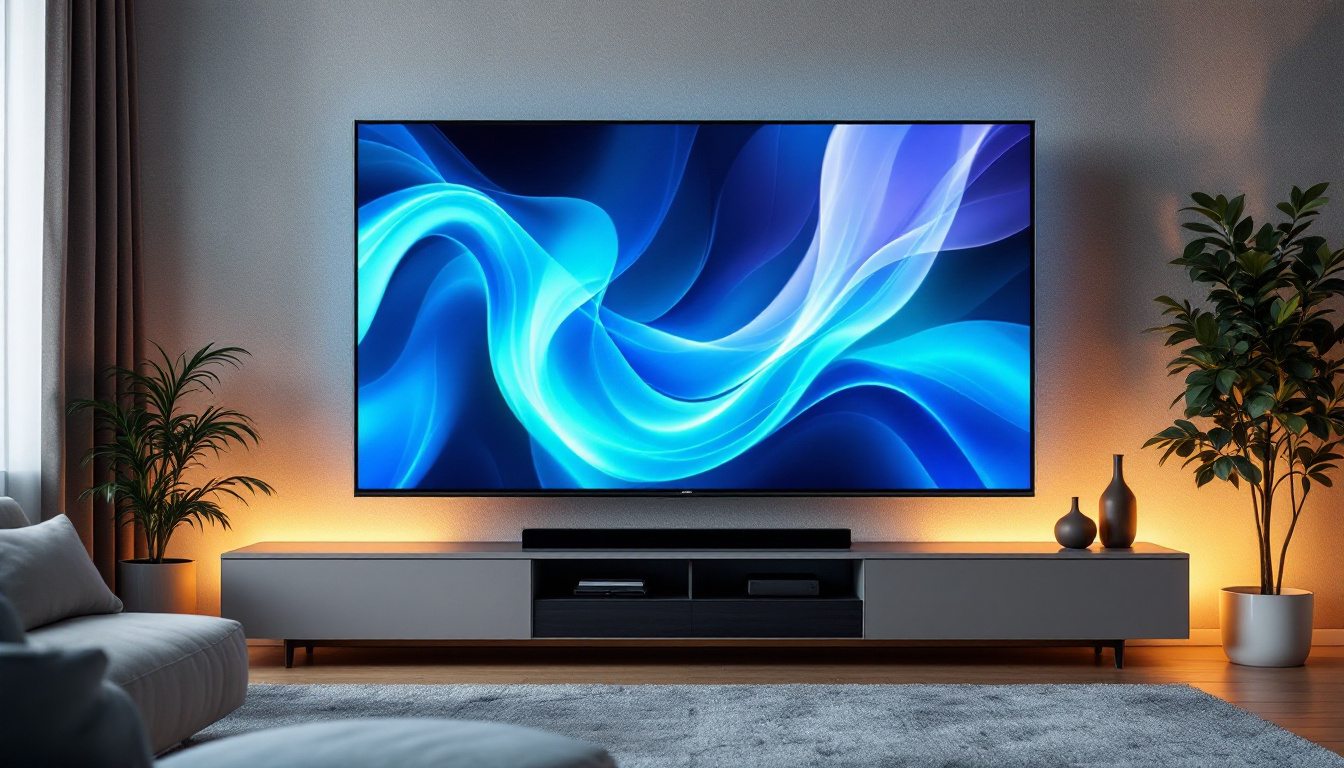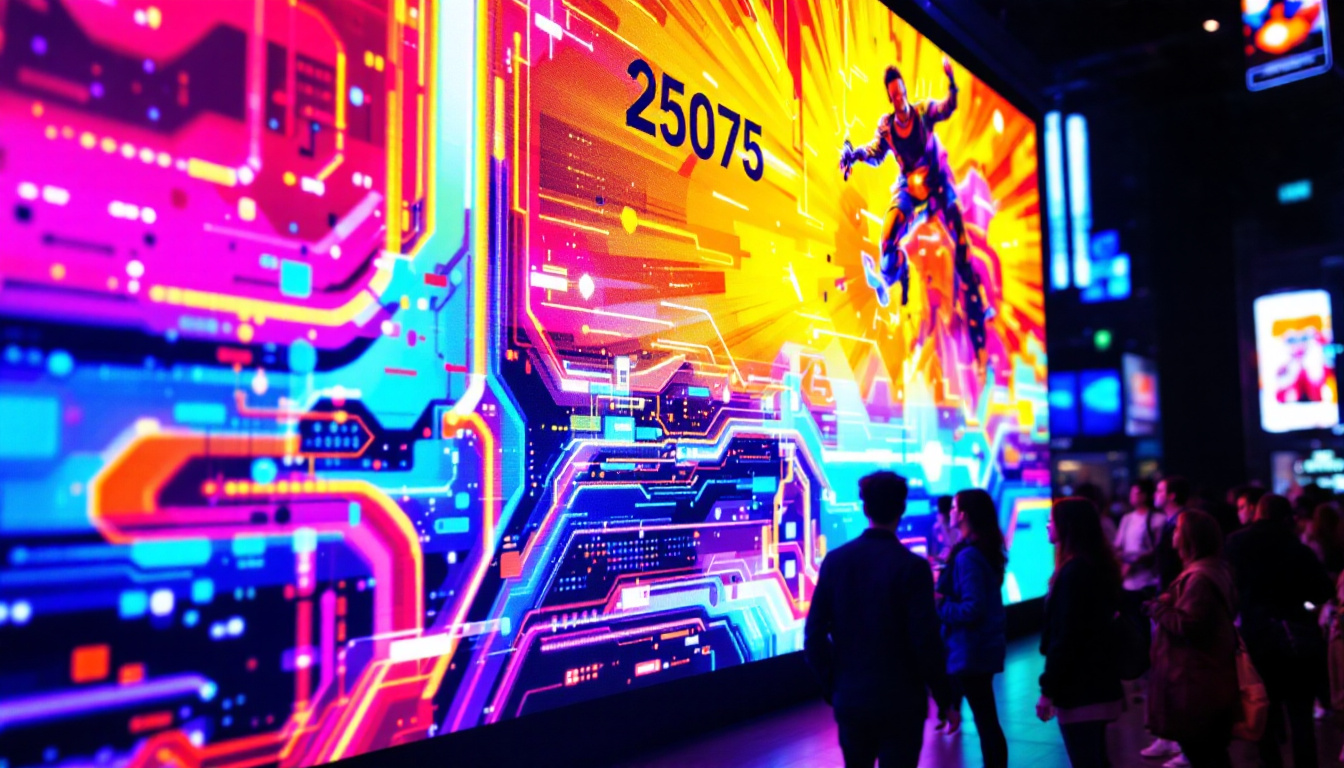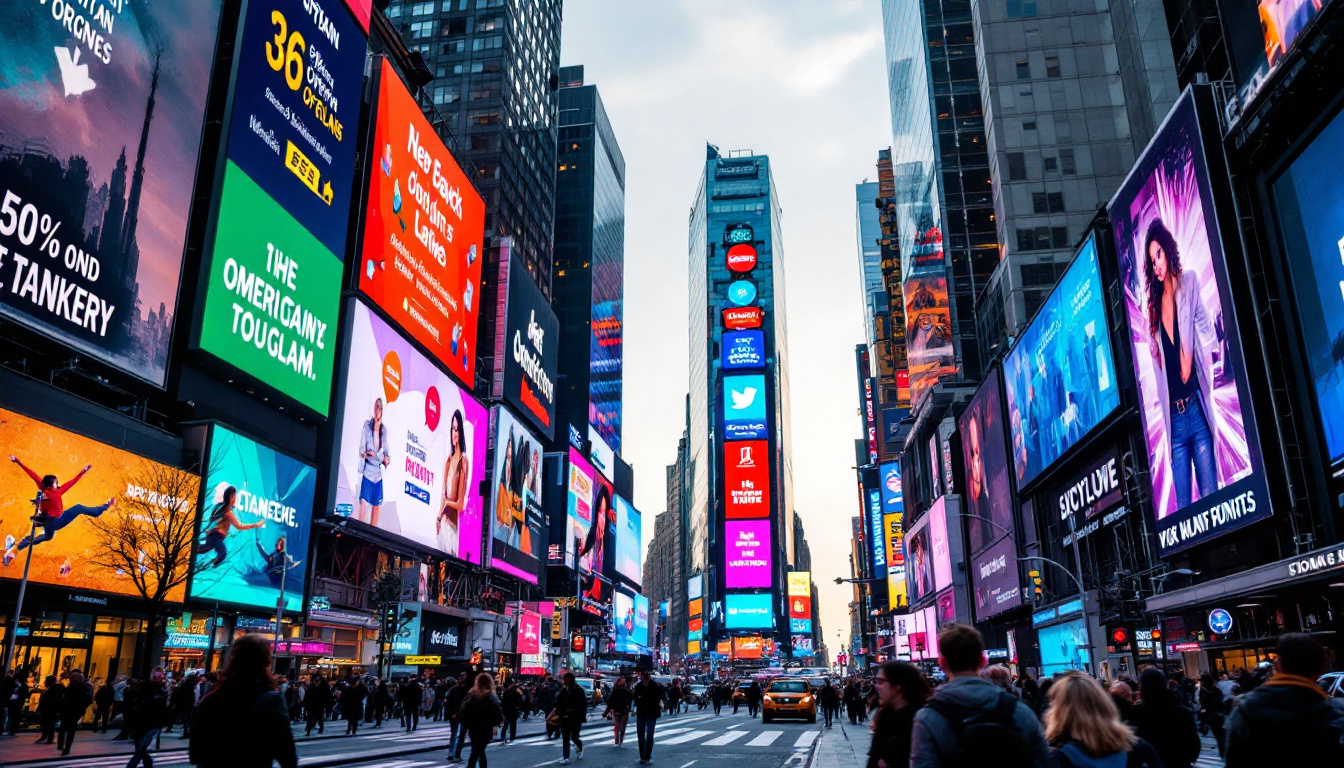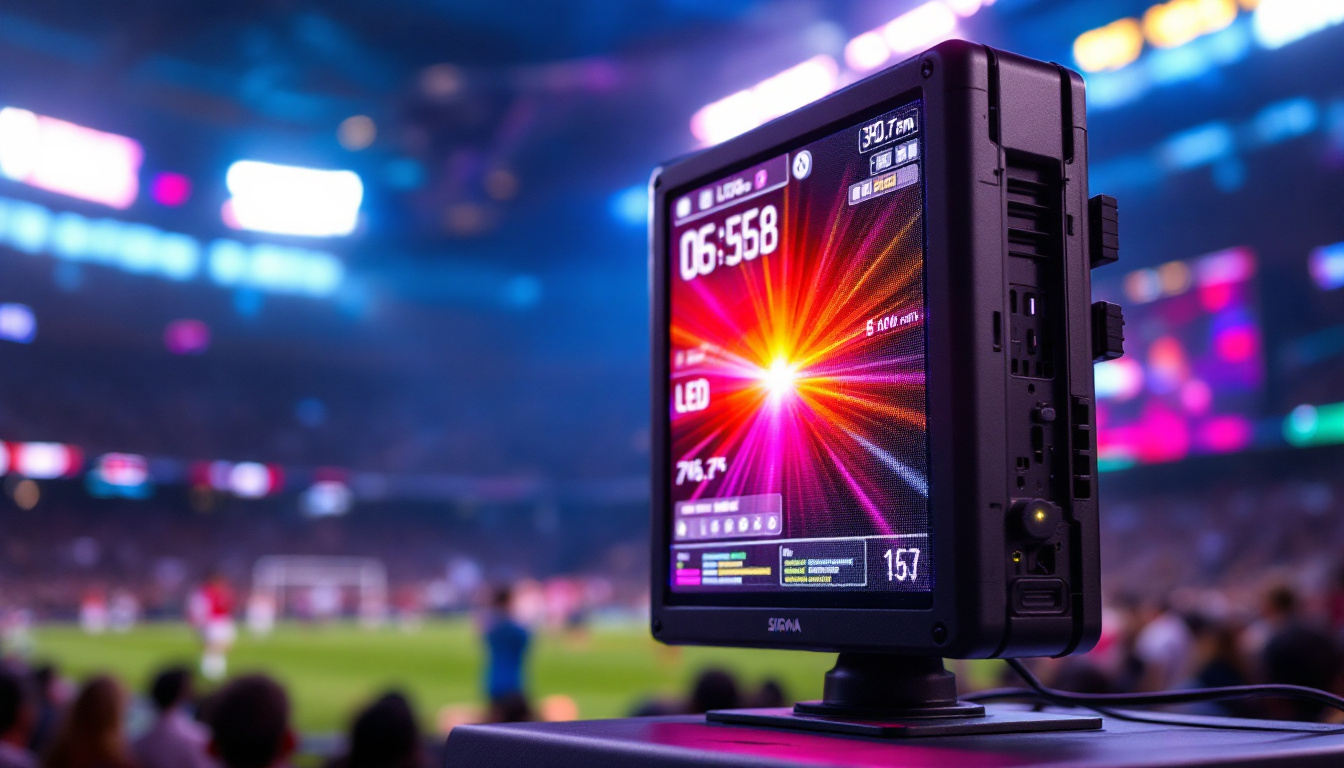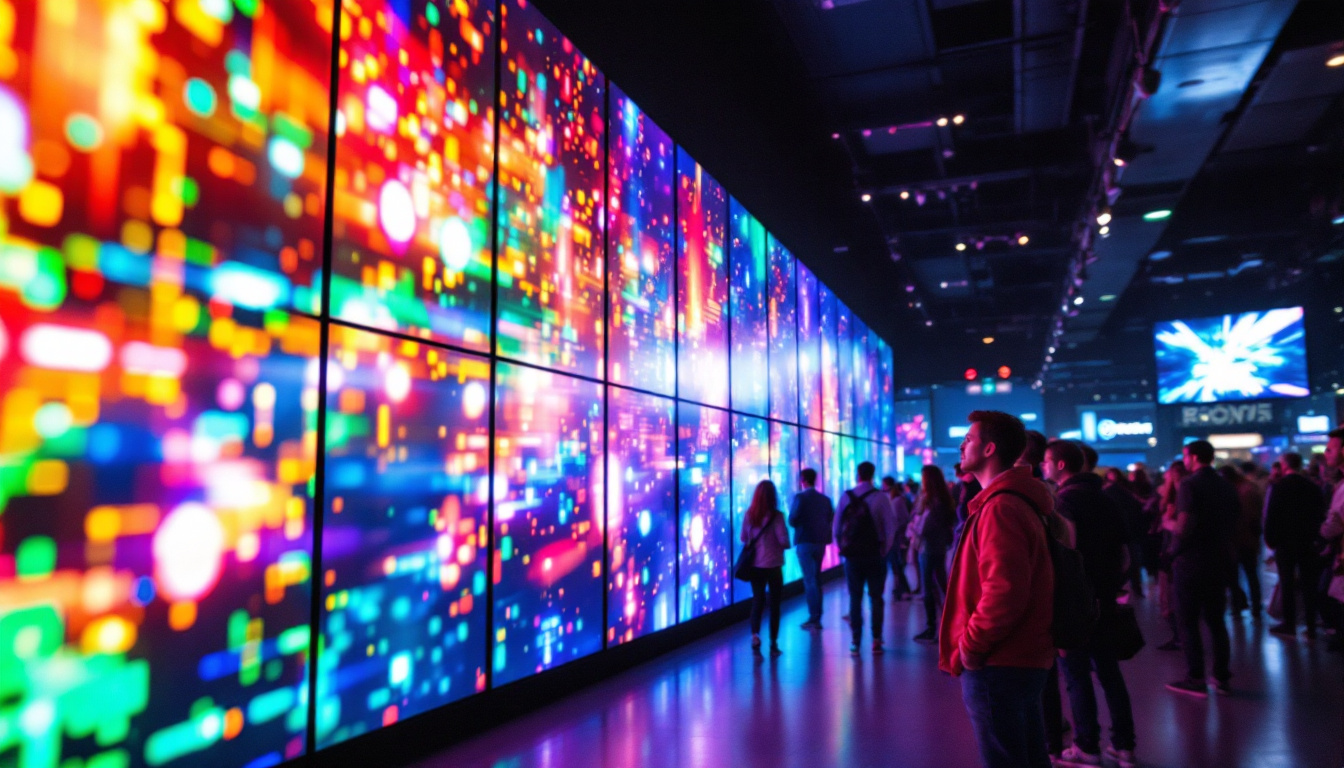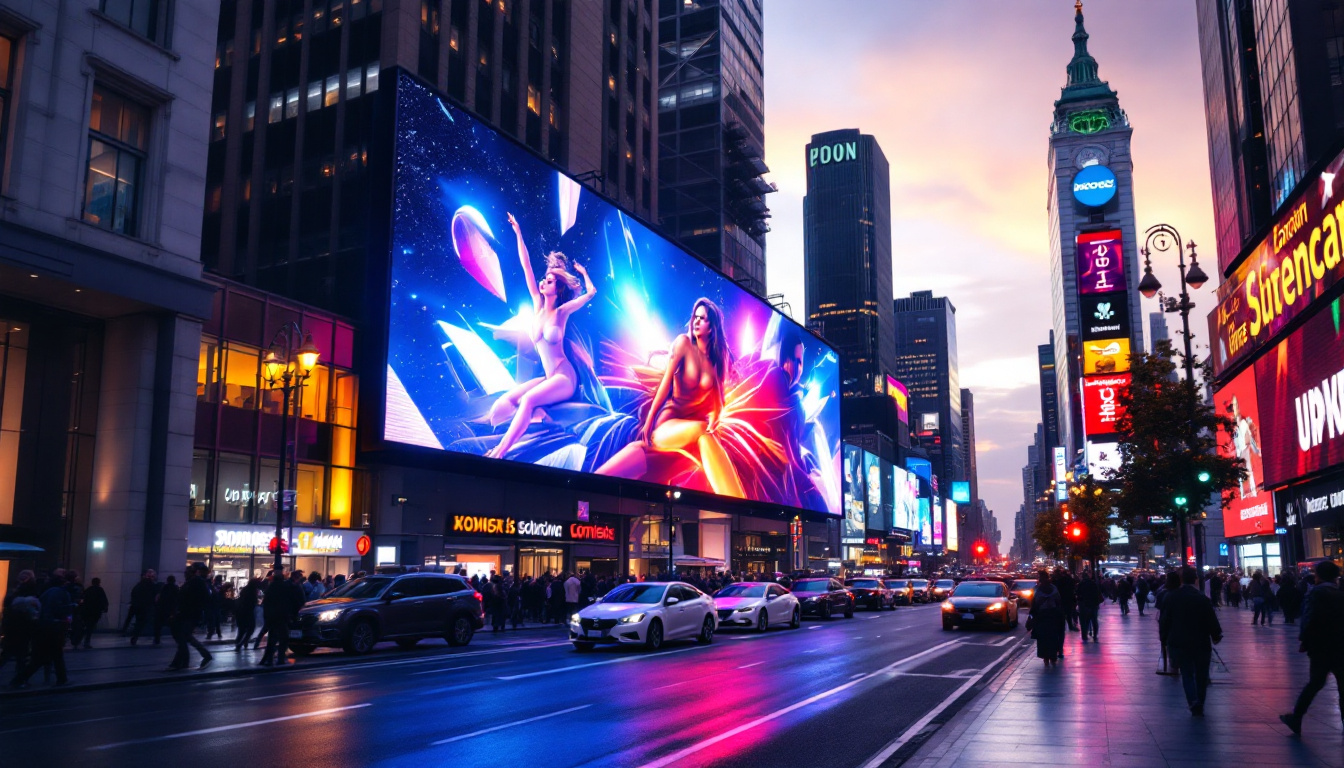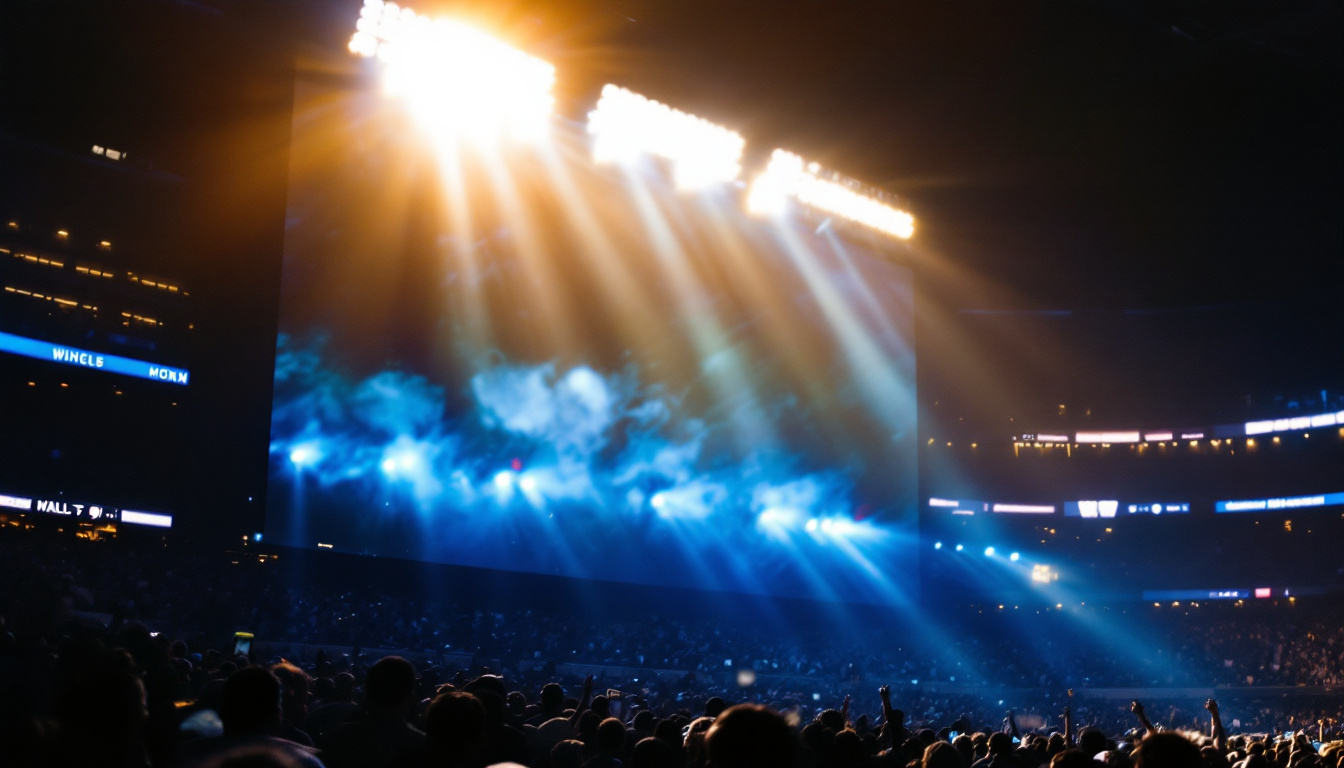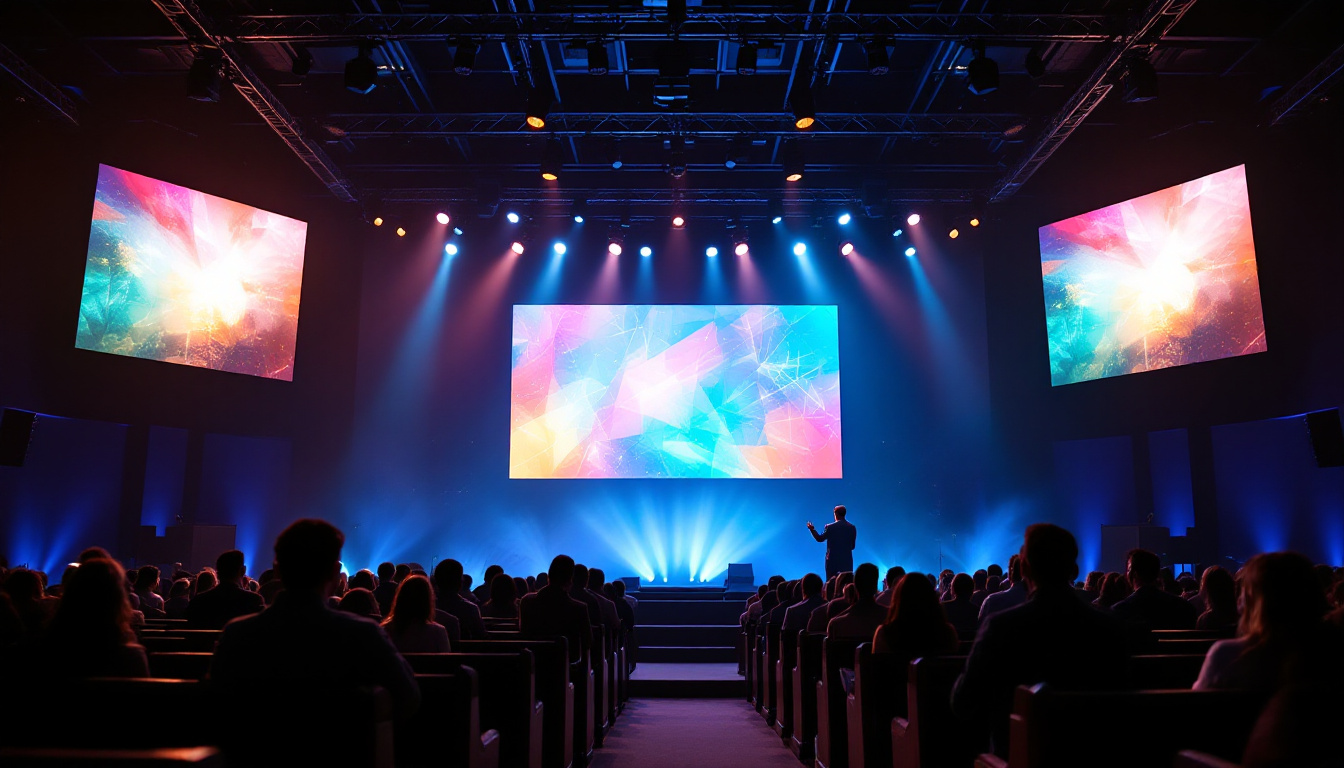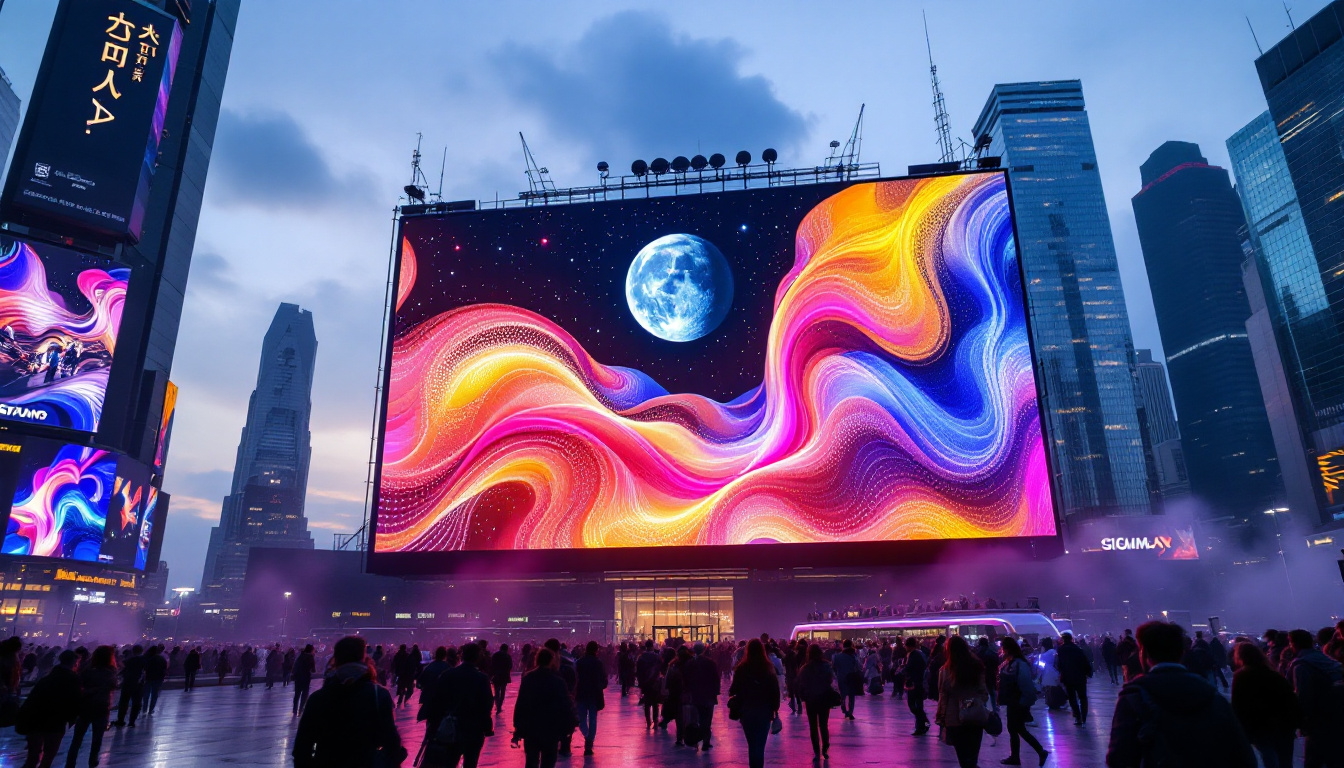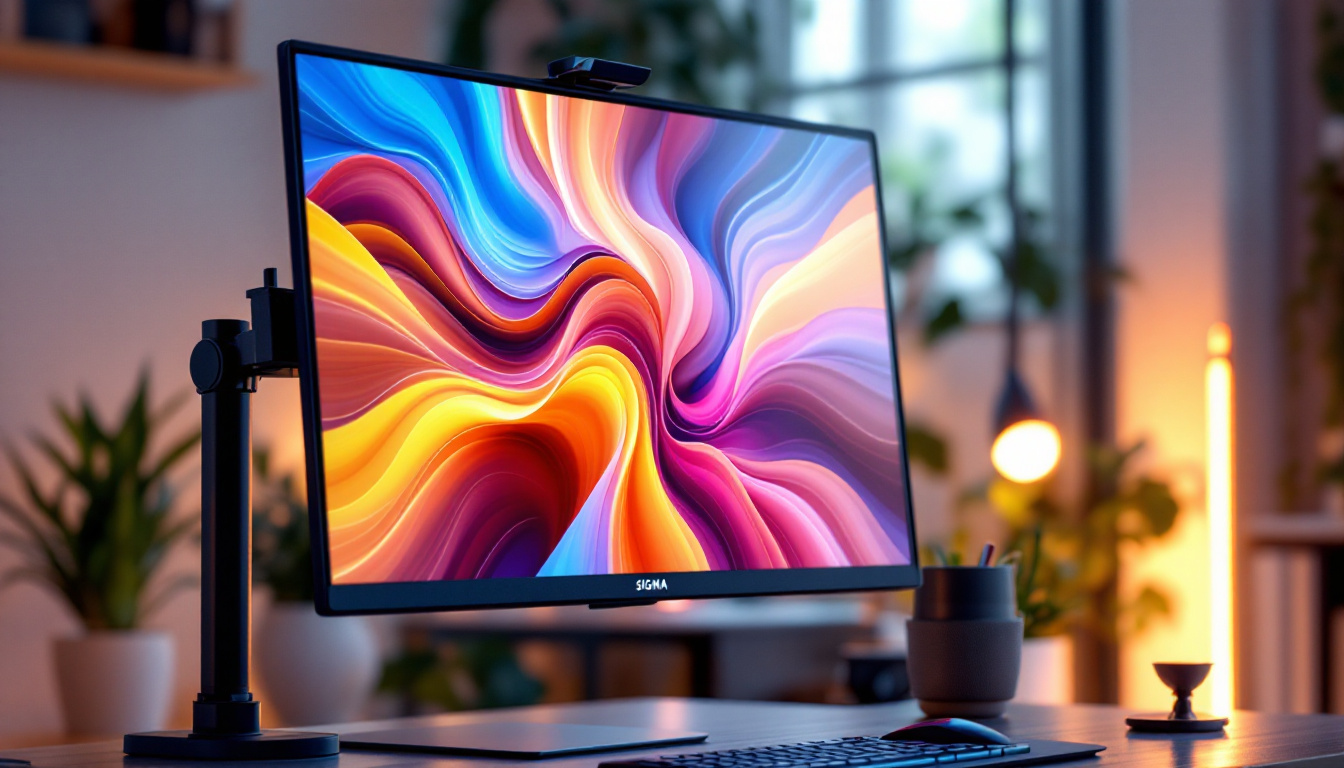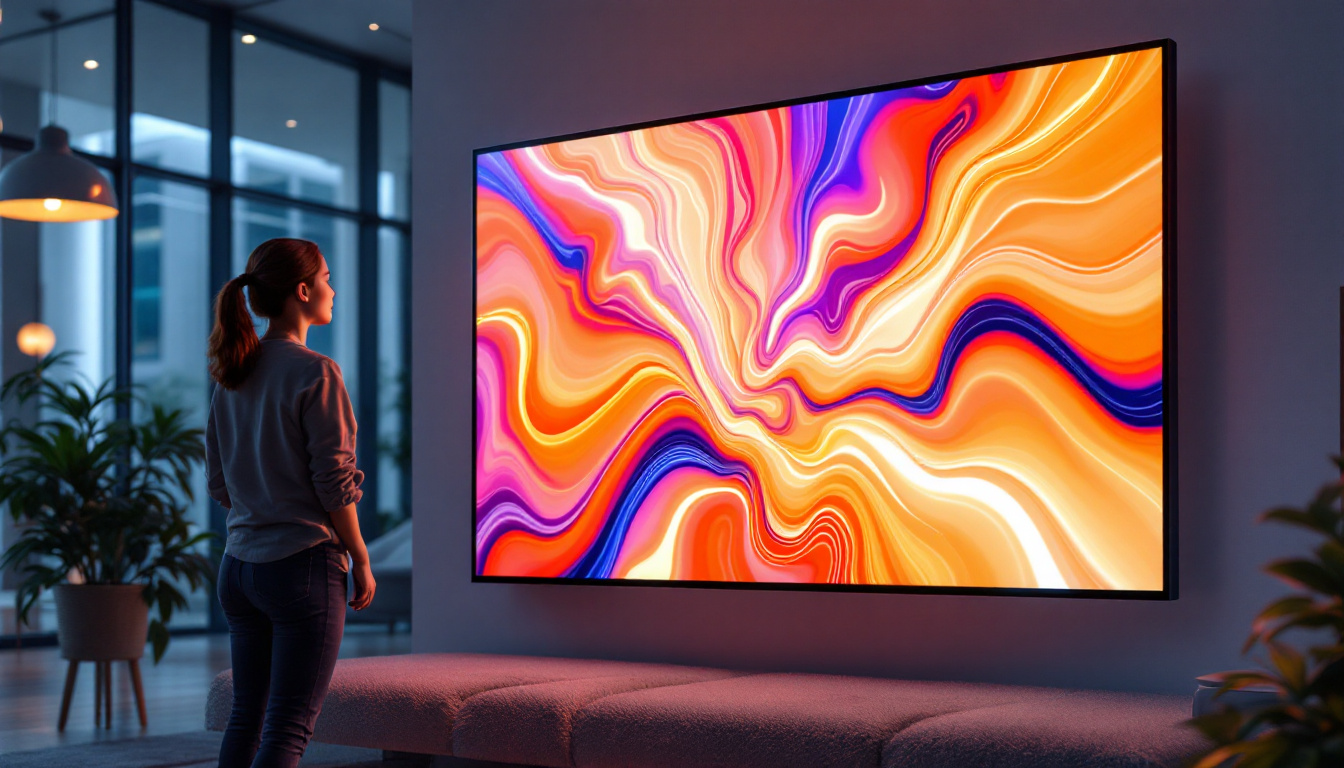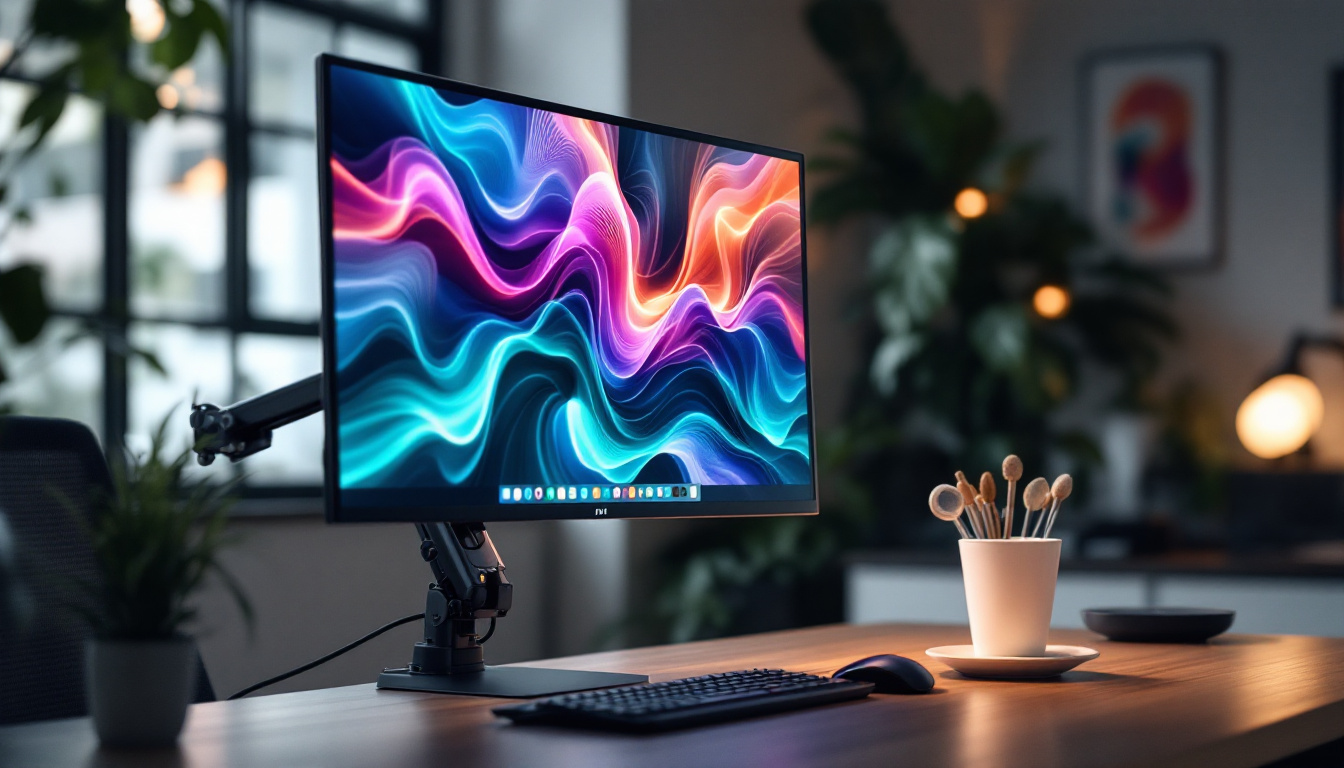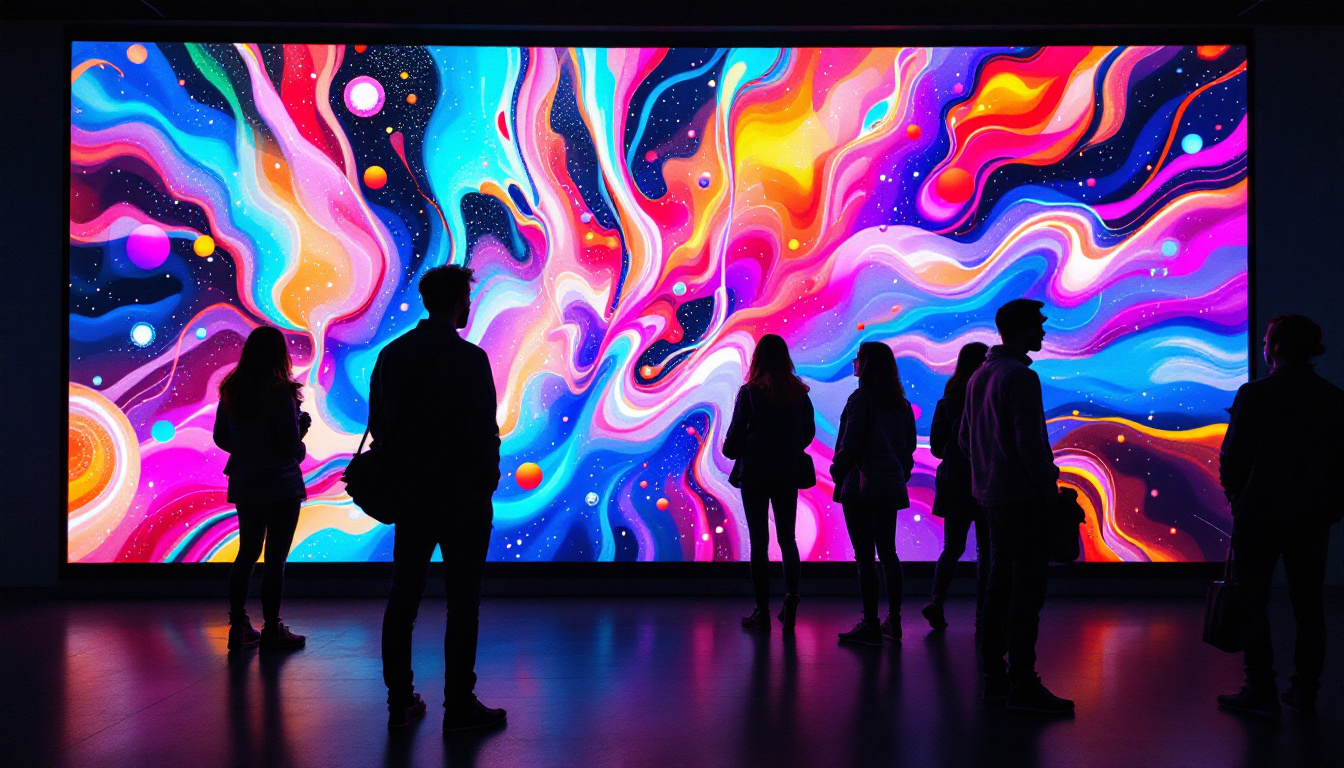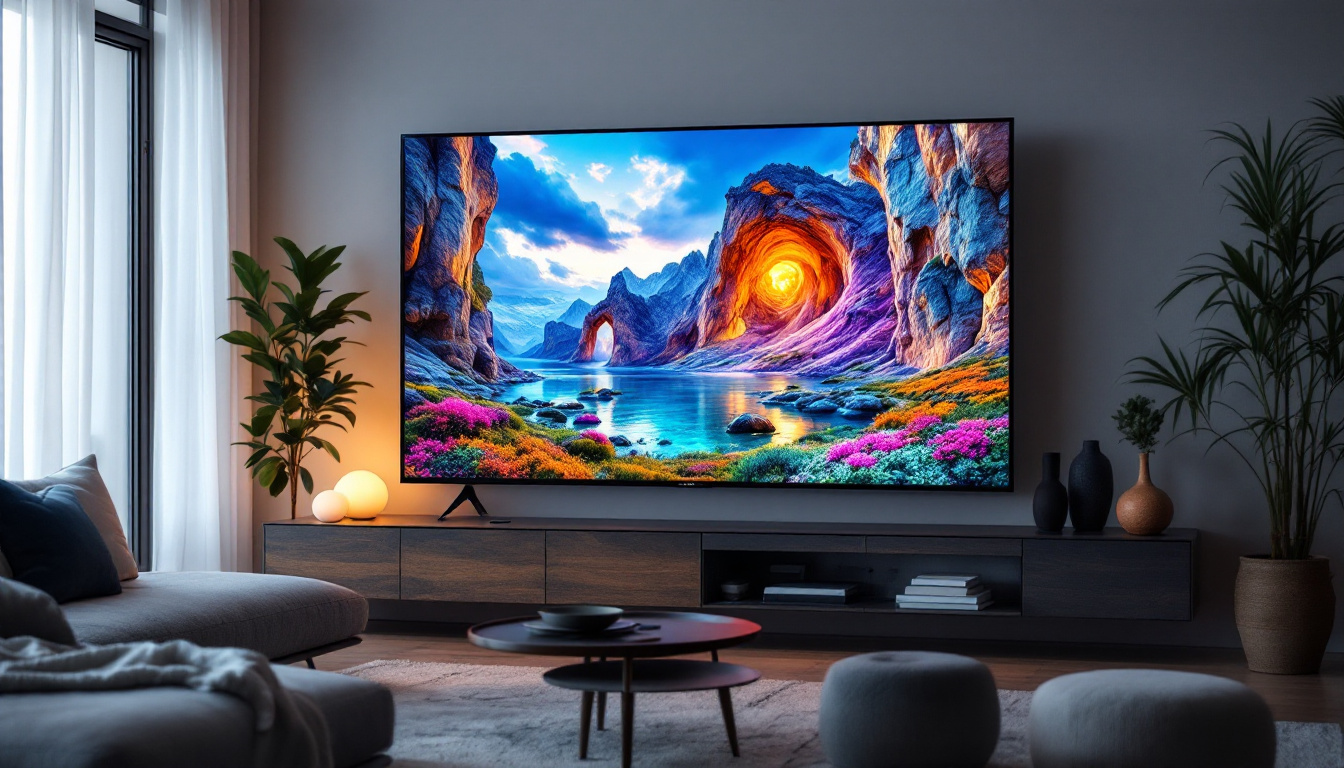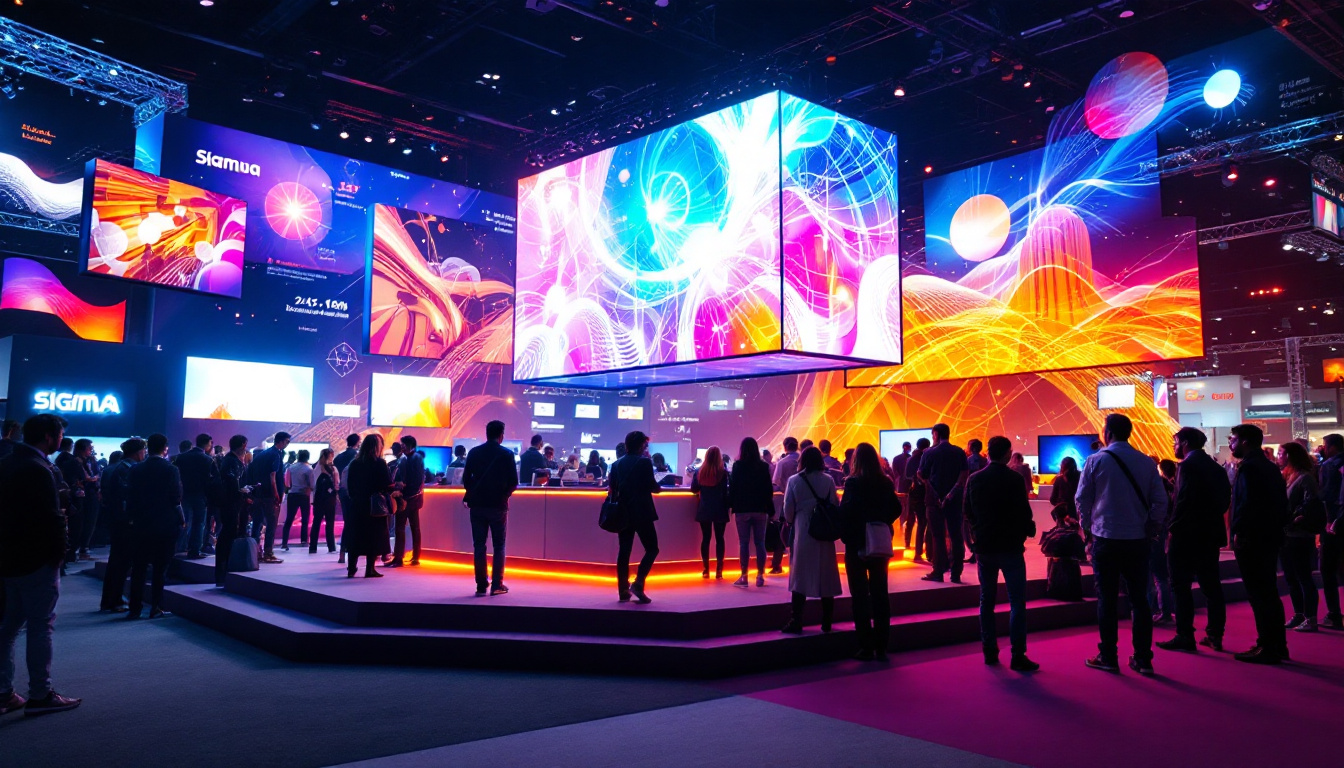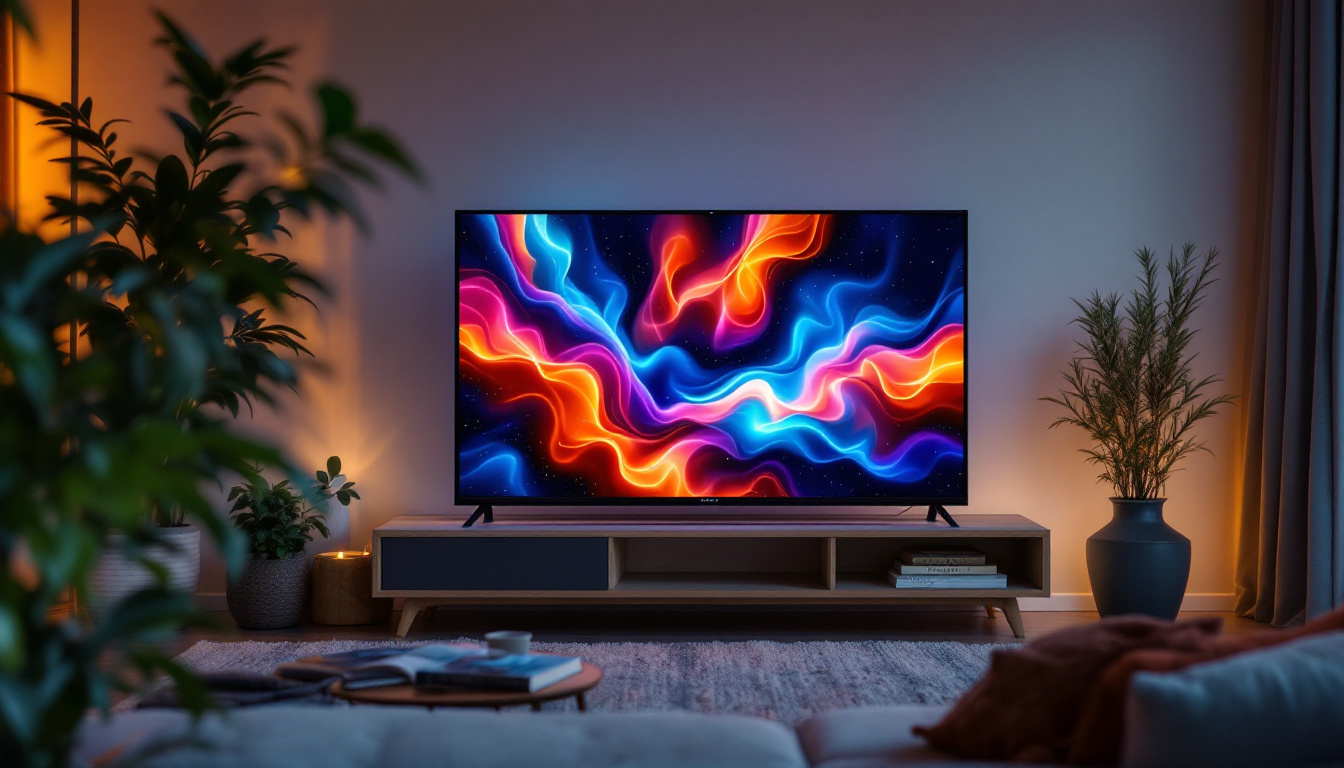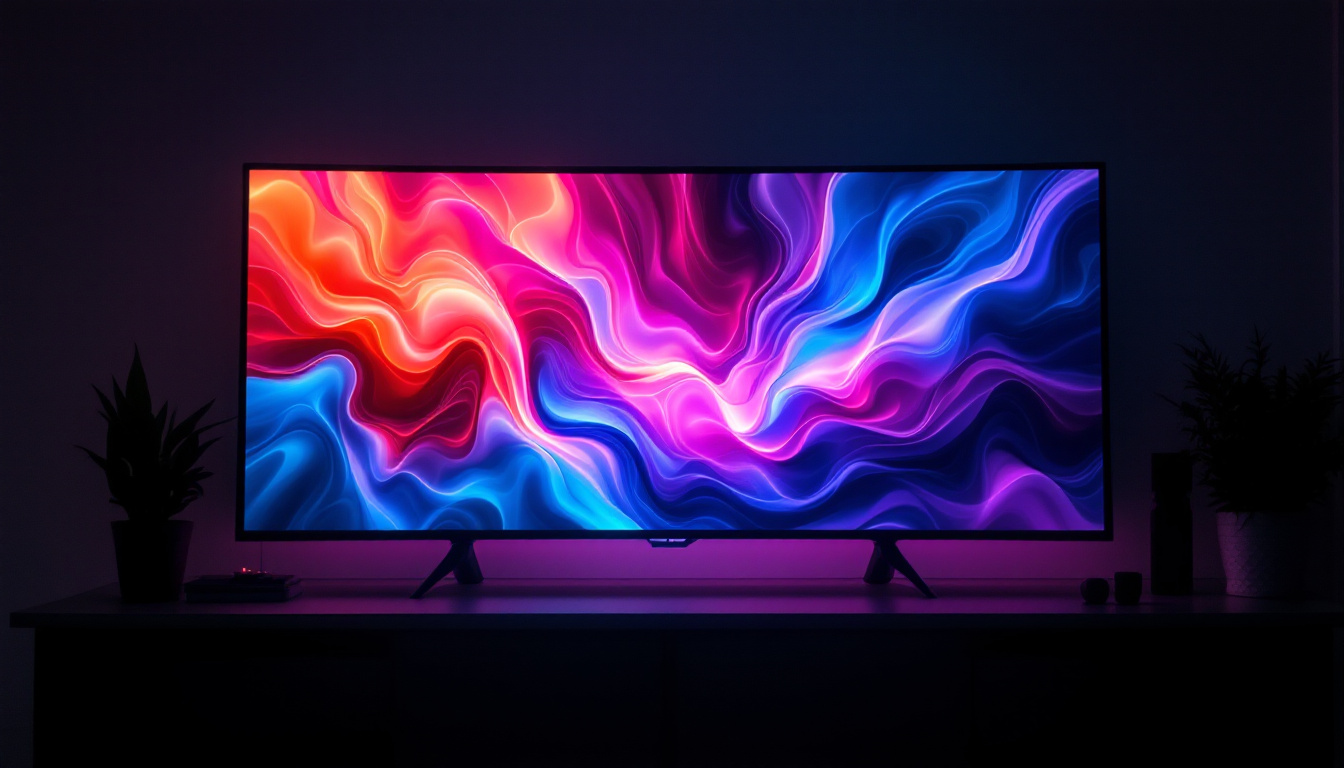Modular TV: LED Display Explained
The evolution of television technology has brought about significant advancements, particularly in the realm of display technology. Among these innovations, modular LED displays have emerged as a versatile solution for both commercial and residential applications. This article delves into the intricacies of modular TVs, exploring their components, benefits, and the technology behind LED displays.
Understanding Modular LED Displays
Modular LED displays consist of multiple individual LED panels that can be arranged in various configurations to create a larger screen. This design allows for flexibility in size and shape, making them ideal for a range of environments, from retail spaces to home theaters. The versatility of these displays means they can be tailored to fit specific needs, whether it’s a massive outdoor advertising billboard or a sleek indoor installation for a corporate event.
Components of Modular LED Displays
At the heart of modular LED displays are several key components. Each panel contains a matrix of tiny light-emitting diodes (LEDs) that work together to produce images. The panels are typically constructed with a lightweight frame, allowing for easy installation and rearrangement. Additionally, each panel is equipped with its own processing unit to handle video signals, ensuring that the display can maintain high-quality visuals regardless of its size. This modularity not only facilitates easy upgrades but also allows for the addition of new features over time, keeping the technology relevant and effective.
Other components include power supplies, which provide the necessary energy for the LEDs, and control systems that synchronize the panels to display a cohesive image. This modular approach not only simplifies repairs and upgrades but also enhances the overall user experience. Furthermore, many modern modular LED displays come with built-in sensors that adjust brightness based on ambient light conditions, ensuring optimal visibility at all times. This intelligent integration of technology helps to reduce energy consumption while maintaining stunning visual performance.
How Modular LED Displays Work
Modular LED displays operate by combining the output of multiple panels to create a seamless viewing experience. Each panel receives input from a central processing unit, which manages the video feed and adjusts settings such as brightness and color balance. This synchronization is crucial for maintaining image quality across the entire display. The ability to scale the display by adding or removing panels means that users can easily adapt their setup for different events or purposes, making it a cost-effective solution for businesses.
Moreover, the technology behind LED displays allows for vivid colors and high contrast ratios. The use of advanced algorithms in the processing units enhances image clarity and reduces the risk of image distortion, which can be a common issue in traditional display setups. Additionally, many modular LED displays support high refresh rates, making them suitable for dynamic content such as video games or live sports broadcasts. This capability ensures that fast-moving images are rendered smoothly, providing an immersive viewing experience that captivates audiences. As technology continues to evolve, we can expect even more innovations in modular LED displays, including improved energy efficiency and enhanced connectivity options, further solidifying their place in various industries.
Advantages of Modular LED Displays
Modular LED displays offer a myriad of advantages that make them an appealing choice for various applications. From their scalability to their energy efficiency, these displays are designed to meet the demands of modern viewing experiences.
Scalability and Customization
One of the most significant benefits of modular LED displays is their scalability. Users can start with a small setup and expand it as needed, whether for a growing business or an evolving home theater. This flexibility allows for customized configurations that can adapt to different spaces and viewing needs.
Furthermore, the ability to rearrange panels means that users can create unique shapes and sizes that traditional displays cannot accommodate. This level of customization is particularly advantageous for businesses looking to create eye-catching installations that stand out in crowded environments.
Enhanced Visual Quality
Modular LED displays are renowned for their superior visual quality. The individual LED panels can produce bright and vibrant colors, making them ideal for displaying high-definition content. The technology also allows for wide viewing angles, ensuring that audiences can enjoy the same quality of image regardless of their position relative to the screen.
Additionally, many modular LED displays feature high refresh rates, which minimize motion blur during fast-paced scenes. This is particularly beneficial for sports broadcasts, gaming, and other dynamic content, providing viewers with a smooth and immersive experience.
Energy Efficiency
In an era where energy consumption is a growing concern, modular LED displays stand out for their efficiency. LED technology consumes significantly less power compared to traditional display technologies, such as LCD or plasma screens. This not only reduces operational costs but also contributes to a smaller carbon footprint.
Moreover, many modular LED displays come equipped with smart features that allow users to adjust brightness levels based on ambient light conditions. This adaptive technology maximizes energy savings while ensuring optimal viewing quality at all times.
Applications of Modular LED Displays
The versatility of modular LED displays makes them suitable for a wide array of applications. From advertising to entertainment, these displays are transforming how information is presented and consumed.
Commercial Use
In the commercial sector, modular LED displays are increasingly used for advertising and branding. Retailers utilize these displays to showcase products, promotions, and interactive content, drawing in customers and enhancing their shopping experience. The ability to change content quickly and easily allows businesses to stay relevant and responsive to market trends.
Moreover, modular LED displays are often employed in corporate environments for presentations and conferences. Their scalability means that they can be adapted to fit various room sizes, ensuring that everyone in attendance can see the content clearly.
Entertainment and Events
Modular LED displays have made a significant impact in the entertainment industry, particularly in concerts and live events. These displays can be arranged to create stunning visual backdrops, enhancing the overall experience for attendees. The flexibility of modular systems allows event organizers to design unique stage setups that can be easily modified for different performances.
In addition, sports arenas and stadiums are increasingly adopting modular LED displays for scoreboards and advertising. The high brightness and clarity of these displays ensure that fans can enjoy a great view of the action, regardless of their seating location.
Challenges and Considerations
While modular LED displays offer numerous advantages, there are also challenges and considerations that potential users should keep in mind. Understanding these factors can help in making informed decisions regarding their implementation.
Initial Investment
One of the primary challenges associated with modular LED displays is the initial investment required. While prices have decreased over the years, the cost of purchasing and installing a modular system can still be significant. Businesses and individuals must weigh this upfront cost against the long-term benefits and savings associated with energy efficiency and maintenance.
For some, leasing options may be available, allowing users to access the technology without the burden of a large initial expenditure. This can be an attractive option for businesses looking to enhance their marketing efforts without committing to a significant financial outlay.
Maintenance and Technical Support
Another consideration is the maintenance of modular LED displays. While the modular design allows for easy repairs and replacements, it is essential to have a reliable technical support system in place. Regular maintenance checks can help identify potential issues before they escalate, ensuring that the display remains in optimal condition.
Additionally, users should consider the availability of replacement parts and support services in their region. Partnering with reputable suppliers and service providers can mitigate potential downtime and enhance the overall experience with the technology.
The Future of Modular LED Displays
The future of modular LED displays looks promising, with ongoing advancements in technology and design. As the demand for high-quality visual experiences continues to grow, manufacturers are exploring new ways to enhance the capabilities of these displays.
Innovations in Display Technology
Emerging technologies, such as microLED and OLED, are poised to revolutionize the modular display landscape. These innovations promise even greater color accuracy, contrast ratios, and energy efficiency, further enhancing the appeal of modular systems.
Additionally, developments in artificial intelligence and machine learning are expected to improve the functionality of modular LED displays. Smart features that adapt to user preferences and environmental conditions will become more prevalent, offering an even more personalized viewing experience.
Integration with Smart Technology
As smart home technology continues to gain traction, the integration of modular LED displays with other smart devices will become increasingly common. This integration will enable users to control their displays through voice commands or mobile applications, enhancing convenience and accessibility.
Furthermore, the potential for interactive displays will open new avenues for engagement in both commercial and residential settings. Businesses may leverage touch capabilities to create immersive advertising experiences, while homeowners can enjoy interactive entertainment options.
Conclusion
Modular LED displays represent a significant advancement in display technology, offering unparalleled flexibility, visual quality, and energy efficiency. As they continue to evolve, these displays are set to transform various sectors, from retail to entertainment, providing users with dynamic and engaging visual experiences.
While there are challenges to consider, the benefits of modular LED displays often outweigh the drawbacks, making them a worthwhile investment for those seeking to enhance their viewing environments. With ongoing innovations and a growing market, the future of modular LED displays is bright, promising exciting developments that will shape how content is consumed and experienced.
Discover LumenMatrix’s Innovative LED Solutions
Ready to elevate your visual experience with the latest in LED display technology? Look no further than LumenMatrix, a pioneer in crafting LED display modules that bring your brand to life and captivate your audience. Whether you’re in need of an Indoor LED Wall Display, a vibrant Outdoor LED Wall Display, or any of our specialized solutions like Vehicle, Sports, or Floor LED Displays, LumenMatrix has you covered. Our mission is to transform your visual communication with digital signage that engages and impresses. Check out LumenMatrix LED Display Solutions today and see how we can help you make a lasting impression.

